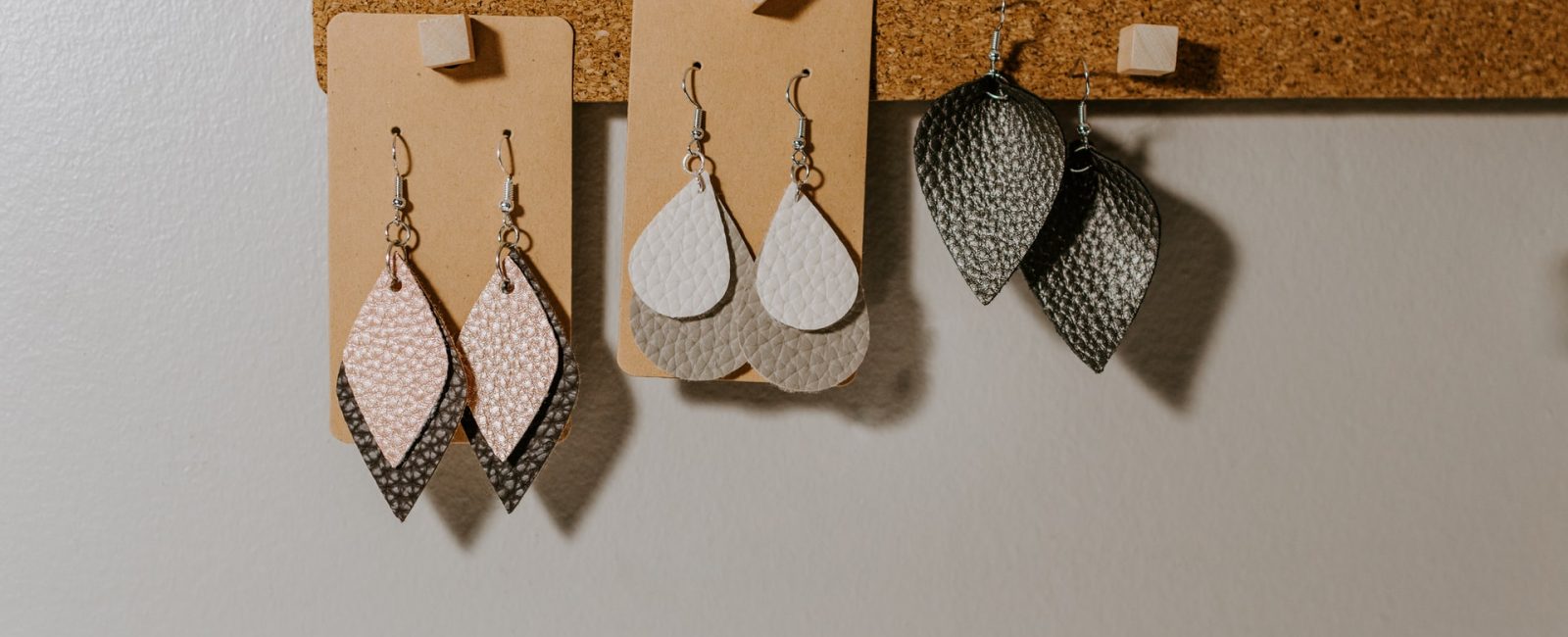
Most people have heard of Etsy; it’s the go-to marketplace for unique gift ideas, vintage furniture and handmade crafts. But for entrepreneurs looking for a marketplace for their products, Etsy is a treasure trove of opportunity.
Etsy is an online marketplace where people can buy and sell handmade, vintage and unique items. It’s become one of the most popular platforms for creative entrepreneurs. Etsy started back in 2005 as a platform for creatives to sell handmade wares, but it has grown massively over the last 17 years. Etsy stocks soared last year, and it is now a multi-billion dollar company.
If you’re looking for an easy way to sell your products online, Etsy should be at the top of your list. Before you start, you’ll need to familiarise yourself with the process and requirements. This guide will outline the five steps you need to get your Etsy shop up and running. We’ll also provide tips for getting your business off to a successful start.
5 Steps to Start an Etsy Business in the UK
Setting up an Etsy business is a pretty straightforward process. There are over 4 million Etsy sellers worldwide. So, if you want to set yourself up for success, you need to set yours up the right way. Plus, you’ll need to make sure you’re set up to pay any UK tax on your Etsy income so you don’t get a nasty surprise from HMRC.
Step 1: Decide What You Want to Sell on Etsy
If you’re thinking about setting up an Etsy business, you’ve probably already got an idea of what you want to sell. You may already have a long list of products that you want to add to your store. But if this is your first time selling online, it’s a good idea to start with a smaller number of products and build your offering.
Take a look at other stores and products in your niche and see what seems to be popular with buyers. If you have any products that are trending, start with them. But if you can, try to find a gap in the market — your products may be exactly what Etsy is missing.
At this stage, it’s also worth taking the time to scout out your competition. Take a look at their product ranges, prices, shipping prices and reviews. Looking at their ranges and costs will allow you to price your products competitively. Their reviews will help you find common issues you can avoid and pain points to address.
Step 2: Choose a Name for Your Etsy Store
Naming your store is one of the most enjoyable parts of setting up your Etsy business. It’s your chance to get creative and find the perfect name. But while it can be a fun process, you need to find a name that your customers will remember and keep coming back to. Try to find a name that reflects the type of product you sell rather than something abstract.
It’s good to put together a list of potential names and try them on for size. Ask your family and friends for their opinion on your possible names and take their thoughts on board.
Alongside coming up with a memorable name, your business name also needs to follow Etsy’s naming guidelines:
- 4-20 characters
- No special characters or spaces
- No profanity
- Not an existing Etsy store
- It doesn’t infringe on an existing trademark.
Step 3: Create Your Etsy Account and Store
With your store name and products all good to go, you can create your Etsy account. The first step in the registration process is to go to etsy.com/sell and click “Get Started”. You can log in if you’ve already got an Etsy account or set one up with your email address, name and password.
Once you’ve set up your account and verified it, you’ll need to set up your account preferences. These include setting your default language, currency and home country. You’ll also need to select whether you’re a full-time seller, part-time or other.
It’s also a good idea to set up your payment settings at this stage. While you can use PayPal to receive payments from debit or credit cards, Etsy has its own payment platform called Etsy Payments. Alongside credit or debit card payments, Etsy Payments also allows you to add gift cards and store credit. All you need to do is add your bank details to receive payments from your sales.
Step 4: Add and Optimise Your Listings
Now that you’ve got all the administrative tasks out of the way, you can start listing your products and getting ready for your first sale. You can sell both physical and digital products on Etsy, and the process is slightly different for each. For this example, we’ll use a physical product.
To add new products, log in to your accounts, go to Shop Manager, and select Add a Listing. You’ll be taking to a new product listing, and you’ll need to add the following:
- Product name
- Product description and categories
- Photos and videos
- Price
- Stock numbers for that product
- Shipping options.
You can also choose whether you want to run an Etsy Ads campaign for that specific product.
You must take your time adding new products. Etsy is a very competitive marketplace, and if you want your products to appear in search results, you need to optimise your listings. If you can, do some keyword research on rival products that are doing well to include search terms in your product names and descriptions.
Step 5: Register Your Business
Once you’ve got your products listed, you’re pretty much ready to launch your Etsy business. But before you get started, you need to make sure you’re set up to pay any tax on your income. If you earn over £1000 outside of traditional employment in the UK, you need to register for a self-assessment tax return.
You’ll need to register with HMRC as a sole trader or a limited company. Unless you plan to have employees for your Etsy business, registering as a sole trader is probably your best bet. But nothing is stopping you from registering a limited company straight away.
While it might be tempting to wait to register your business, it’s wise to do it before launching your Etsy business. Registering a business and sorting your tax can be daunting, so taking the time to get to grips with it before launching means less stress later.
Once your business is registered, you’re good to go. Get those listings live and start making money from your passion.












